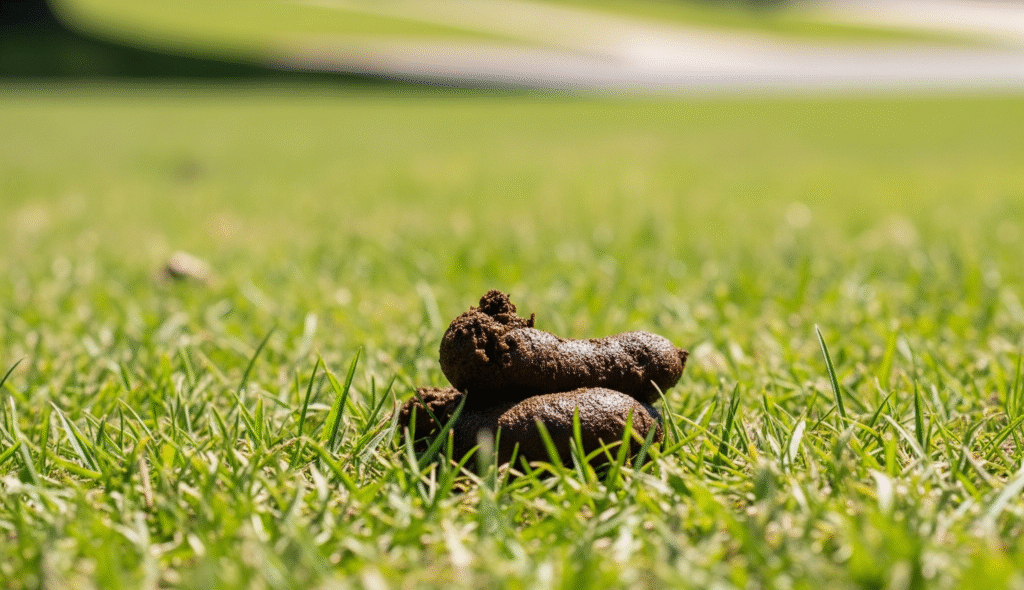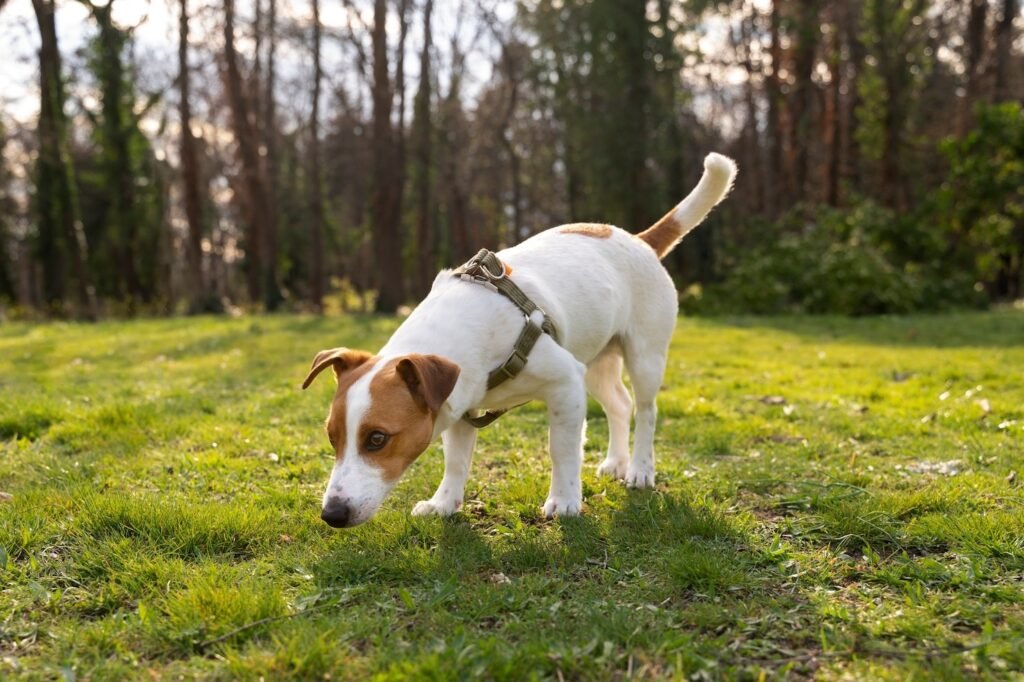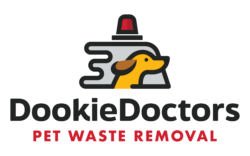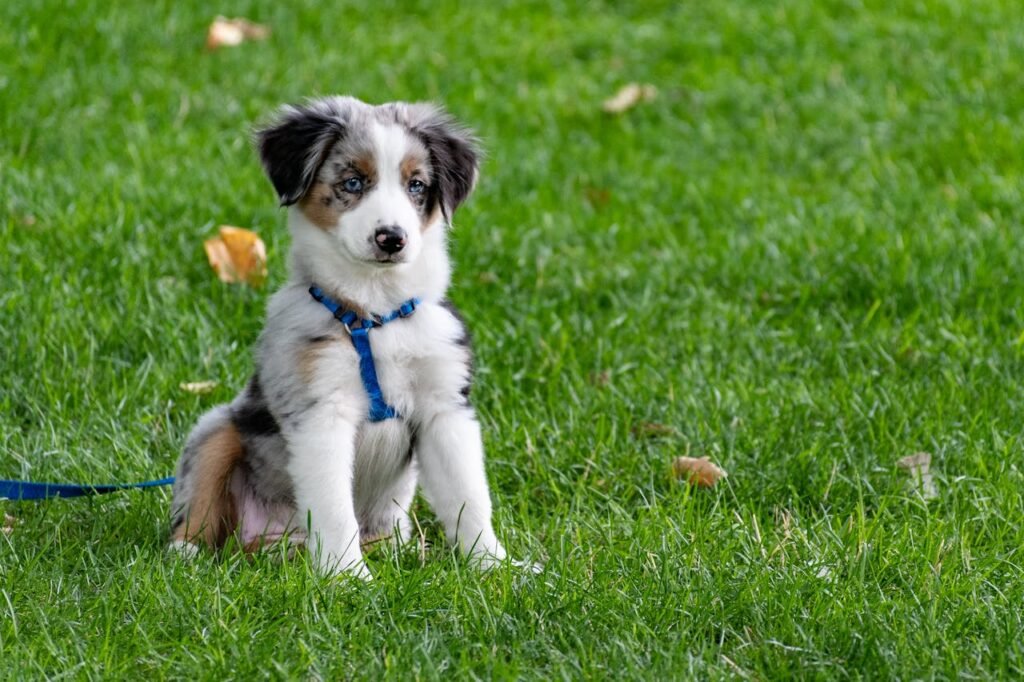Winter hides problems rather than solving them. Dog waste buried in powder resurfaces during the thaw, sending bacteria and nutrients into gutters and streams. That surge undermines water quality and can feed algal blooms, which is why consistent dog poop clean up matters even when sidewalks are slick and daylight is short. Experts point to pet waste as a source of bacteria and nutrients that wash into waterways with rain and snowmelt. Cities and homeowners reduce that load by removing waste promptly and disposing of it correctly.
Winter-ready tools and safe footing
Cold weather complicates simple tasks, so organize a compact kit: heavy-duty bags, insulated waterproof gloves, a small hand trowel, and a headlamp for dark evenings. Traction matters—ice cleats prevent risky lunges on black ice, and a rigid scoop avoids bag tears when waste freezes to the surface. Take care with de-icers.
Many standard salts can irritate paws and cause illness if licked; “pet-safe” blends using urea or magnesium chloride are only relatively safer and still merit rinsing paws after walks. Veterinary groups advise moderation, cleanup of tracked granules, and protective booties for sensitive dogs. If you lack equipment, a quick search for a pooper scooper near me can bridge the gap during storms.
Set up a yard that works in snow
Give your dog a predictable bathroom lane you can reach without trudging through drifts. Shoveled pea gravel or rubber stall mats shed snow and offer stable footing. Keep a lidded, lined bin near the exit so you can drop bags without crossing icy patios.

Most households should place sealed bags in regular trash unless a locality offers a dedicated program; agencies caution that casual backyard composting rarely hits temperatures that neutralize parasites. If you prefer occasional help between DIY sessions, a reliable dog poop pickup service can clear accumulation after heavy weather or holidays, then you maintain the daily routine.
Techniques that work on snow, sleet, and ice
- Fresh powder: watch the pause, then mark the spot with a boot print before it sinks. Scoop immediately; a warm pile disappears fast in fluffy snow.
- Crusty or wind-packed snow: use a trowel to break adhesion so bags don’t rip.
- Sleet and black ice: shorten the leash for balance, wear cleats, and take two smaller trips rather than one long, slippery reach.
- Deep freeze: if thin bags crack, double-bag or carry a rigid liner you can tip into the bin indoors.
- Dark evenings: a headlamp and reflective collar reduce misses, and your yard stays usable. When storms stack up and routines slip, a scheduled dog poop service can keep the baseline clean until conditions settle. Search “dog poop removal near me” online to get started.
Health notes you shouldn’t ignore
Cold does not sanitize. Giardia—one of the most common intestinal parasites—survives for months in cold, moist soil and water. Public health and environmental references underline the role of temperature: cysts remain viable far longer in cool conditions than in warm, dry, sunny ones. That means frozen piles still pose risks once thaw or slush returns, especially where dogs drink from puddles or track residue indoors.
Handwashing after pickup and rinsing paws are small steps with outsized value. Consult your veterinarian if diarrhea appears, and bathe recovering pets to reduce re-exposure.
Disposal that protects people, pets, and streams
After pickup, seal bags and place them in household trash unless your city specifies otherwise. Never toss bags into snowbanks or storm drains; those become pollution channels when the melt begins.

Keep waste and temporary bins far from wells and swales, and prioritize play areas for extra attention because children are the most frequent accidental contacts. Communities focused on stormwater bacteria reduction emphasize education, ready access to bags, and steady removal—simple steps that work in every season.
Also Read: Environmental Impact of Dog Waste: Why Proper Disposal Matters
When outsourcing makes sense
Short daylight, travel, and severe cold can break even disciplined routines. Professional dog poop cleaning services operate year-round with winterized tools, sealed receptacles, and consistent schedules that prevent the dreaded spring “time capsule.” Households juggling multiple dogs or steep yards often see the best results with weekly visits during snow season, then a lighter cadence as temperatures rebound.
When you are searching for dog poop removal in Pittsburgh online, ask providers about access after plows, how they manage iced-in waste, and where collected material goes. For one-time deep clearing before guests or after a blizzard, many firms offer a flat-rate visit you can book alongside regular lawn service.
The winter payoff
A simple winter plan keeps yards safe and waterways cleaner: kit up for traction, pick up at each outing, secure storage, correct disposal, and smart use of help when life gets busy. With steady habits and the occasional assist from a reputable dog poop pickup service or seasonal crew, the spring thaw becomes uneventful—no hidden hazards under the snow, no unpleasant surprises on the first warm weekend.

